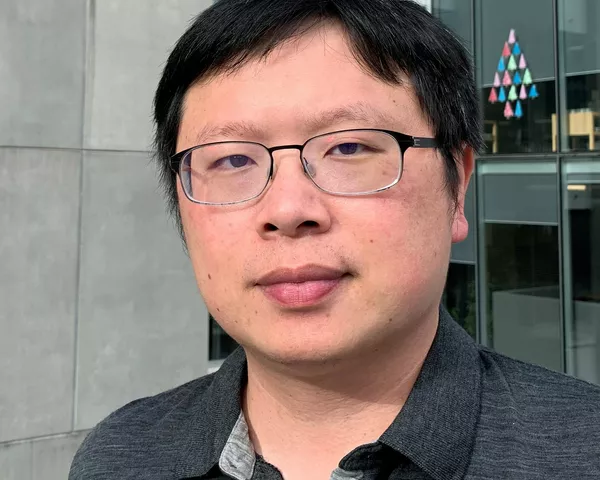
What do you hope will be achieved at the end of this two-year project?
After two years, we hope that the computational analysis will be complete and we will have identified a strong lead candidate to pursue further. This would allow us to apply for future funding to take the lead candidate to the next stage of drug development. We also hope to have a platform set up for comprehensive analysis of photo-responsive drugs, which can be used for new stroke treatments and potentially for other cardiovascular diseases in the future.
The close collaboration between our teams will lead to a strong student exchange program between research groups in New Zealand and Australia. Our students are keen to learn new skills through working with research teams that have very different areas of expertise. This student exchange program will benefit New Zealand and Australia long after the grant has finished.
Header image: Members of the Cardiovascular-protective Signalling and Drug Discovery Unit at HRI




